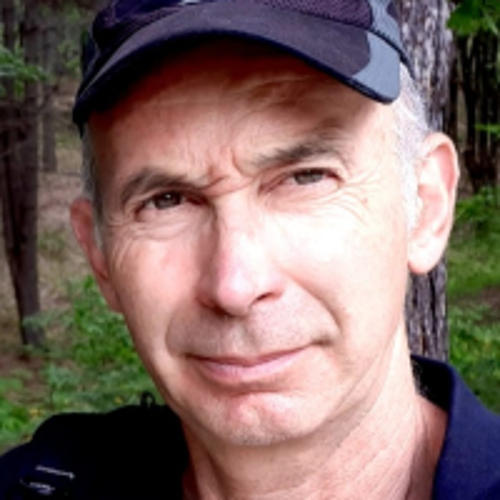
JOSE MIGUEL
OLANO MENDOZA
CATEDRATICOS DE UNIVERSIDAD
Department: Agroforestry Sciences
Center: E. ING. IND. FORESTAL, AGRONOMICA Y BIOE
Institute: INSTITUTE FOR RESEARCH IN SUSTAINABLE FOREST MANAGEMENT
Area: Botany
Research group: CAMBIUM
Email: josemiguel.olano@uva.es
Doctor by the Universidad del País Vasco - Euskal Herriko Unibertsitatea with the thesis Estudio fitoecológico de los bosques de las sierras de Urbasa, Andia y Entzia 1995. Supervised by Dr. Javier José Loidi Arregui.
I am a biologist specialized in Ecosystems (1989) with a PhD on numerical classification of vegetation communities (1995) by Basque Country University under the direction of Javier Loidi (https://bit.ly/2JE9DE3). After my PhD I got temporary positions as teacher in Polytechnic University of Valencia (1996) and Basque Country University (1997), while working as independent biologist on vegetation mapping and forest conservation. In 1999, I got a temporary position in Soria (Spain) at the Universidad de Valladolid, it became permanent in 2003 and I became Botany Full Professor in 2019. Since January 2018, I have been the dean of EiFAB (http://ingenieriasoria.blogs.uva.es/), forest and agricultural engineering faculty in Soria. I am board member of the Cesefor foundation (http://www.cesefor.com/). I have combined research with teaching Botany and Ecology in Forest and Agricultural Engineering, Education and Biology Faculties for 26 years and 17 years in Master and PhD courses. I have also led seven PhD thesis, and currently lead two. Along my career, I have developed different research lines starting from community classification (phytosociology), moving on to seed bank dynamics in forests and gypsum ecosystems, forest dynamics, plant demography, mycological production, resource levels effects in plant growth or plant insect interactions. Since 2006, I focused on the application of dendrochronology to gain temporal insight on answer to different ecological questions (facilitation, succession, response to climate, effect of management…) using all available proxies in wood (ring width, IADF, anatomy, microdensitometry, isotopes…) and applying them to the broad range of plants (trees, shrubs and forbs). Recently, I have begun to combine tree ring information with the use of remote sensing and artificial intelligence to gain larger spatio-temporal context on the effects of global change in forest ecosystems as well as development of software and hardware to improve data acquisition and processing.








